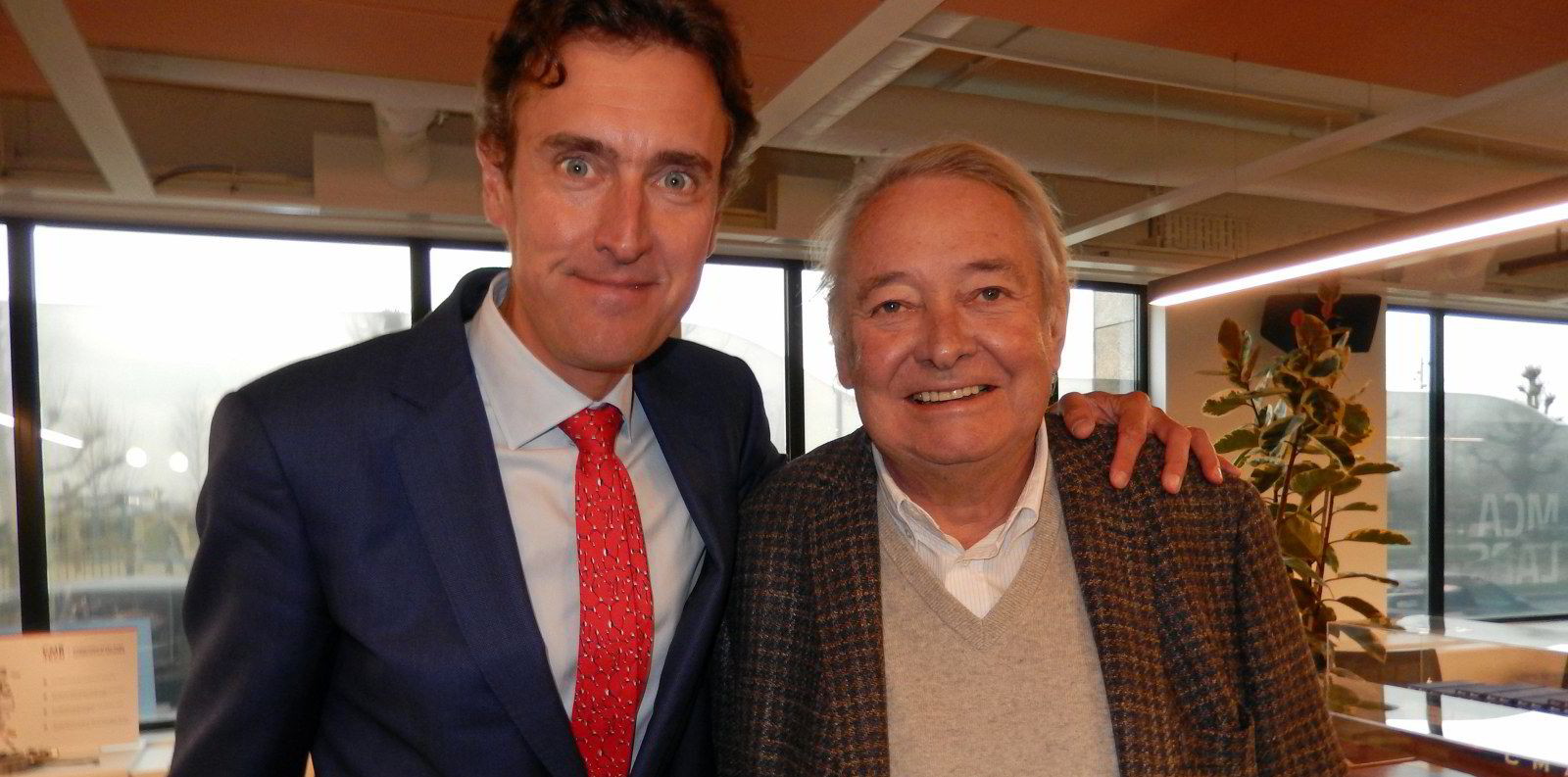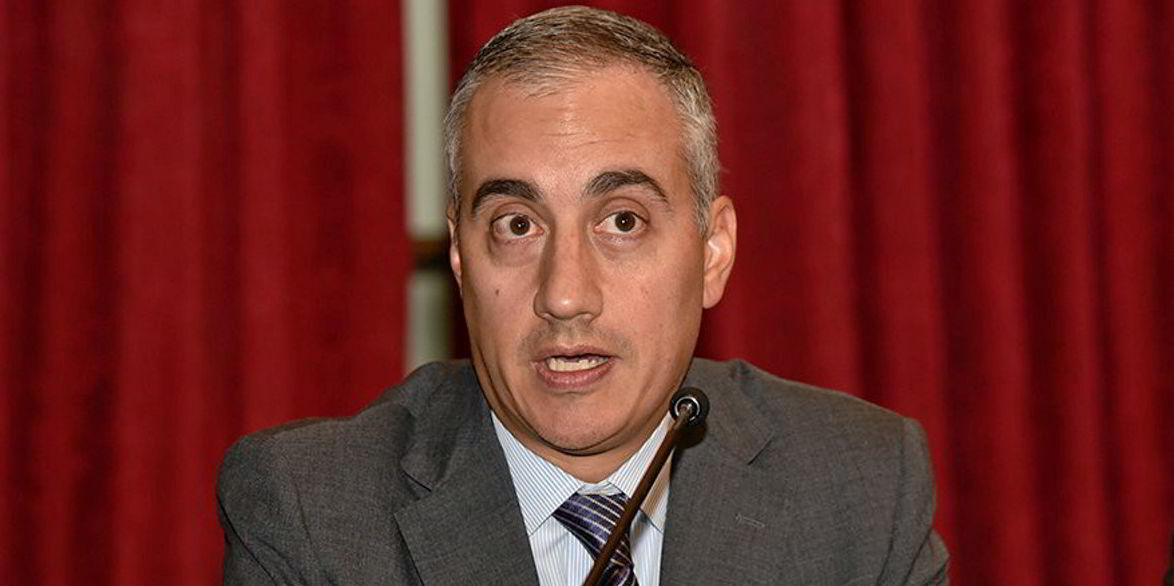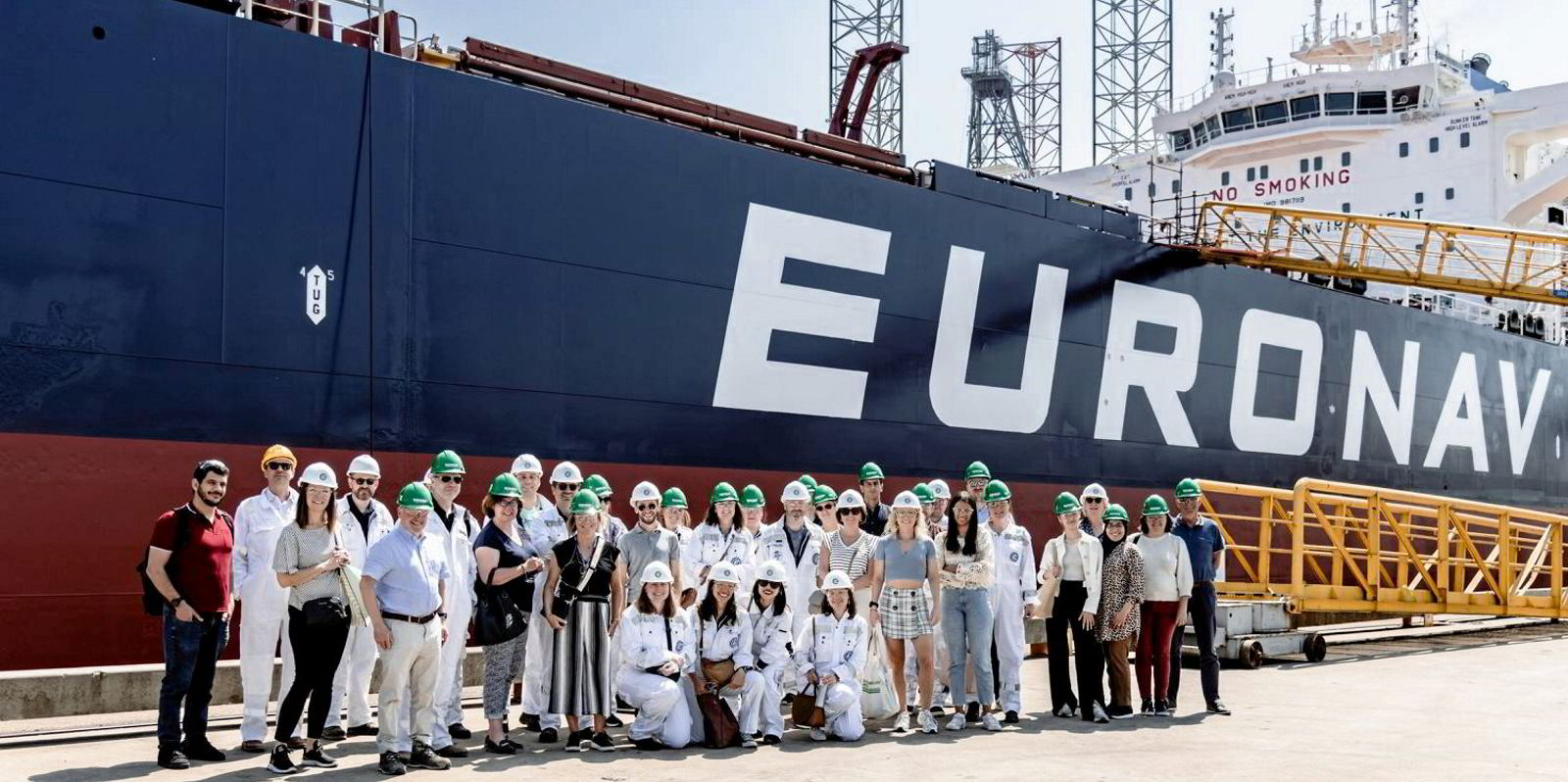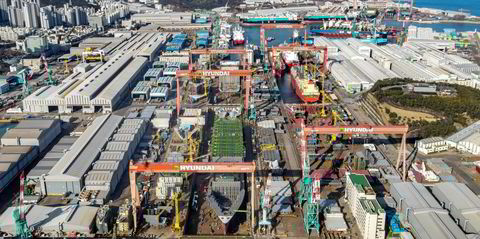Euronav may be all done as a bellwether public play on the tanker market.
Indeed, it may be finished even as a marginal play on tankers.
That’s remarkable, considering that even after selling 24 modern VLCCs to John Fredriksen’s Frontline, Euronav moves forward with a fully delivered fleet of 20 VLCCs, 26 suezmaxes and two floating storage units.
That, in the estimation of Stifel transport analyst Ben Nolan, makes Euronav the largest pure-play in the crude tanker sector among all public companies. Euronav trades in both New York and Brussels.
But it’s not about those tankers. It’s about everything else.
Much of that “everything else” went on display on 12 January at Euronav’s investor day in Antwerp.
There, the controlling Saverys family put its spin on things such as the Fredriksen saga; the $1.15bn acquisition by Euronav of 100% of the shares of its green-energy venture CMB.Tech; and a mandatory offer to buy the remaining 47% of Euronav not owned by the Saverys and their loyalists.
But on the same day, other events unfolded that showed why Euronav may not be investable as a tanker play.
US and UK military forces had launched surgical bombing of Houthi rebel sites in Yemen overnight, retaliating for missile and drone attacks on commercial shipping in the Red Sea in recent weeks.
As soon as trading opened in New York, US-listed tanker stocks rose on high volumes, with investors seeing the military escalation as fuelling further disruption in tanker routes and padding hire rates.
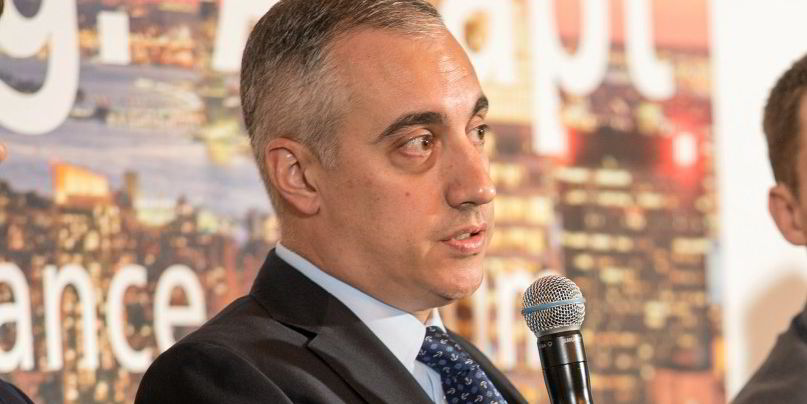
But not Euronav’s stock. It barely moved on lacklustre trading volumes.
A few hours later, Evercore ISI’s Jonathan Chappell — the most experienced US-based shipping analyst — kicked Euronav out of his coverage of tanker owners, saying the Belgians “no longer fit” within the bank’s framework for coverage of the sector.
Chappell was perhaps making official what investors already had decided.
Streetwise caught up with the Evercore man this week to ask about that.
“I think the facts speak for themselves. EURN is up 0.14% YTD, while the other tanker stocks under my coverage are up 6.2% to 14.4%,” Chappell said, using Euronav’s ticker symbol.
Investor sentiment and interest
“Volatility this year has been extra robust, given the headlines and events in the Red Sea, and while other tanker stocks are moving up or down seemingly 2% to 5% every day, EURN rarely moves by more than 0.5%”.
Chappell acknowledges that much of this has to do with Compagnie Maritime Belge’s 15 March tender, which has largely tethered the share price to the $17.86 on offer for the remaining shares. Euronav was trading around $17.60 at Streetwise’s deadline.
“But the clean energy transition also plays a role in investor sentiment and interest, and the equity is effectively orphaned until the float is determined by how many shares are tendered and there is a clear pathway to capital deployment going forward,” he said.
The 20-year veteran of shipping coverage takes pains to note that Evercore ISI is not forming a judgement about the long-term prospects of CMB’s “go green” strategy or its attraction to investors.
“We are just stretched thin on coverage and resources and any shipping stock that is not a pure-play tanker company no longer fits in our coverage plan,” Chappell said.
Now about that pure-play business. Nolan does a nice job breaking it down in a recent advisory to clients. Notably, he is not dropping Euronav but does apply a “hold” rating and advises investors to sell the stock in March on the risk of a further drop in share price.
While CMB’s green-transition business does make up about 7% of the ascribed deal price, vessel assets account for the remaining 93%, the researcher notes.
So, a raft of vessel classes are added to the tankers that came with legacy Euronav. These include two newcastlemax bulkers plus 24 on order (51% of the deal value), one container ship plus four ordered (12%), two chemical carriers plus four on order (11%) and 55 vessels primarily supporting offshore wind plus 10 newbuildings (19%).
This in effect makes CMB/Euronav a Belgian version of Angeliki Frangou’s Navios Maritime Partners — a lions-and-tigers-and-bears conglomerate of shipping operating sectors that historically has drawn disfavour from the investing public. Our comparison, not Nolan’s.
Some analyst estimates have Navios trading at barely 25% of its net asset value despite some recent improvement in the share price. Investors generally prefer pure-play public owners.
Euronav might once have argued that it could distinguish itself from a Navios on better governance, as its performance there historically was strong.
Viking raider
But that ship might have sailed with the decision to pay half the proceeds from the Fredriksen transaction to finance — some would say “bail out” — the Saverys family interests in the risky CMB.Tech venture.
Nolan tells clients the stock could head south of the $15 per share mark once the tender offer is done.
At least in the short term, therefore, it seems clear that Fredriksen’s pursuit of a merger with Euronav — while failed — turned out better for the Viking raider than it did for the Belgian company.
What then to make of the comment from family patriarch Marc Saverys at the investor session?
“In the end, let’s face it, we have more or less the outcome that we wanted,” he said.
One shipping executive who knows the family and appreciates the view from Belgium told Streetwise that the analyst commentary aside, Saverys may turn out to be right.
“From their view, who gives a sh*t about what the analysts are saying,” he said.
“They’re a multi-generational shipping family and in came John [Fredriksen] to take away the company he and his family spent all those years building.
“Not only did he manage to keep it, it’s going to be bigger in combined market cap and he carried out a succession of the business to his sons perfectly — better than they could have expected.
“It may take them years to regain their stock-market reputation, but if the renewables company ultimately is successful, Wall Street will forgive them. Wall Street has a very short memory.”
